Nalle Bunny Run Group Walk 2015-07-18
Eight folks joined me this morning for the monthly group walk on Hill Country Conservancy's Nalle Bunny Run Wildlife Preserve. We endured a warm and humid morning, and we were rewarded with some great wildlife observations and sometimes a nice breeze. We saw lots of mammals! As soon as we entered the dense oak-juniper woods east of the gate I heard rustling on the ground in front of us. We discovered two Nine-banded Armadillos, one following the other. And nearby a Grey Fox made a brief appearance! Later down the trail the Grey Fox returned and gave us great looks. It approached the group barking! Here's a photo I took the day before in the same area of probably the same fox:
I've experienced this almost-tame behavior with Grey Foxes before, and it was because the fox had a kit nearby and it was trying to keep my attention so I wouldn't see the kit. We didn't see a kit but we didn't look too hard. My guess is that there's a den in this area. We saw and heard a few deer, including two bucks sporting antlers in velvet near the spring, and we found Oreo the cow standing in the pond near the northeast corner of the preserve. Four mammal species ain't bad for a group walk!
Near the spring we found a family group of Northern Cardinals and I got this photo of one of the juveniles. You can tell it's not an adult by the dark bill. Adults have bright orange-red bills:
The spring box was full and was surrounded by Gulf Coast Toads of various sizes. There was this one Leopard Frog in the water, which I think was a Rio Grande Leopard Frog but I'm not sure yet.
Further downhill in the valley east of the driveway we found two juvenile Great Horned Owls perched. We watched them for a few minutes before we realized there were two. Some of us were looking at one and some of us were looking at the other! These birds are most likely siblings from a recent nest in this area. Here's one. Look at those beautiful tail feathers!
The sandy prairie area was full of dragonflies and birds in the flycatcher family. We found Western Kingbirds, Eastern Phoebes, and Scissor-tailed Flycatchers. We were thrilled to find a male Scissor-tailed Flycatcher that didn't mind as we got closer and closer as it actively hunted insects. Almost every time it caught a bug, it would be chased by two or three of its fledglings who were demanding to be fed. We empathized with how busy and stressed this beautiful bird seemed to be. I can't resist sharing three photos of it:
Here's our complete bird list. And attached are a few iNaturalist observations. What a fun morning!
Observações
What
Raposa-Cinzenta (Urocyon cinereoargenteus)Observador
mikaelbDescrição
Taken while scouting the Nalle Bunny Run with Lee Burton for a future Bird Language mapping exercise. This fox did not seem concerned with us at all. There was minimal bird disturbance as well. I’ve had a similar experience in the past with a Grey Fox that turned out to have a kit nearby. We did not see a kit today but there could have been one that this parent was trying to keep us away from.
What
Cardeal (Cardinalis cardinalis)Observador
mikaelbDescrição
You can tell this female is a juvenile by its dark bill.
What
Corujão-Orelhudo (Bubo virginianus)Observador
mikaelbDescrição
This is one of two juveniles (most likely siblings) that were in this immediate area around the pond.
Fotos / Sons
What
Suiriri-de-Cauda-Longa (Tyrannus forficatus)Observador
mikaelbDescrição
We enjoyed watching this male Scissor-tailed Flycatcher actively hunting. Almost every time it caught a bug, its juvenile offspring would chase it down and demand to be fed.


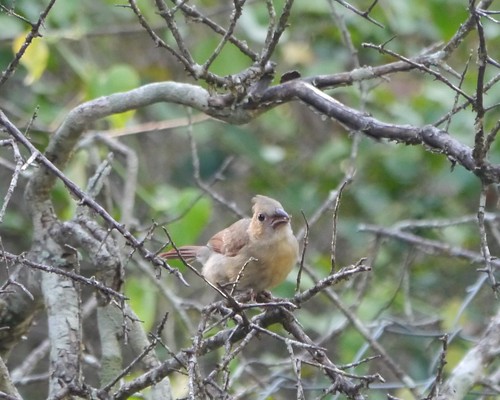
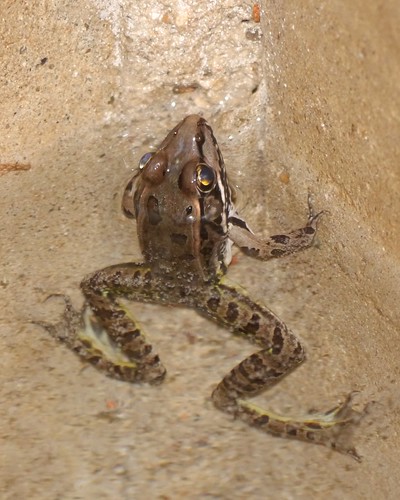
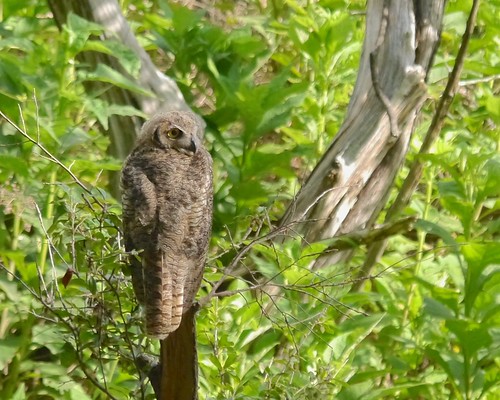
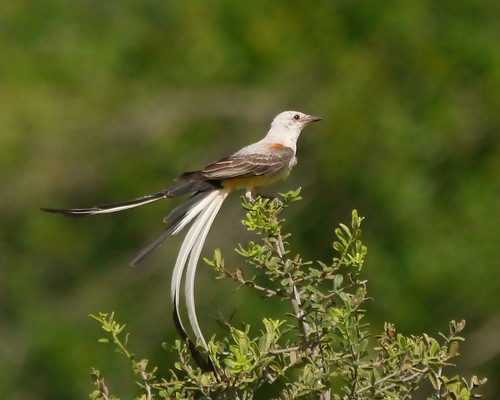
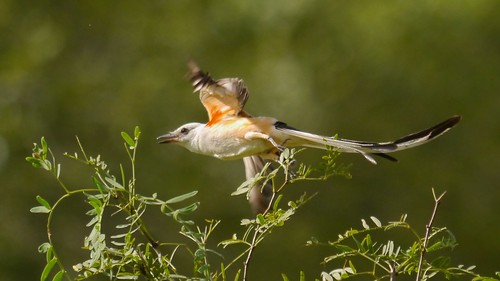
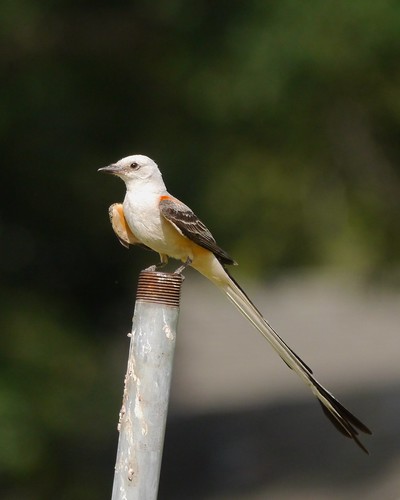









Comentários
Adicionar um Comentário